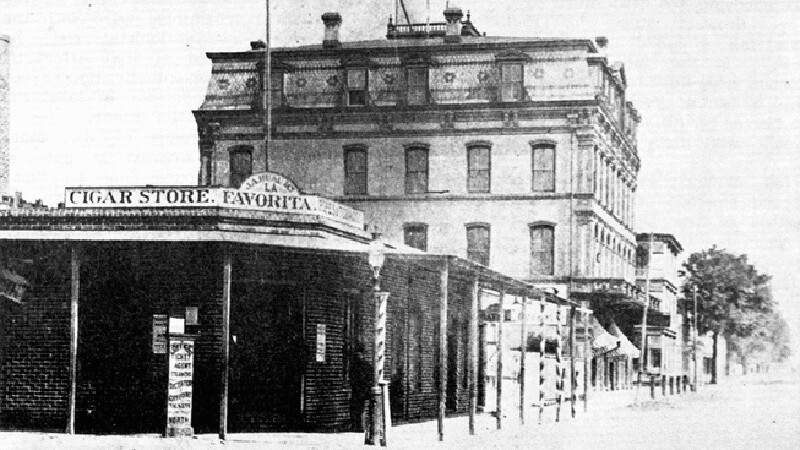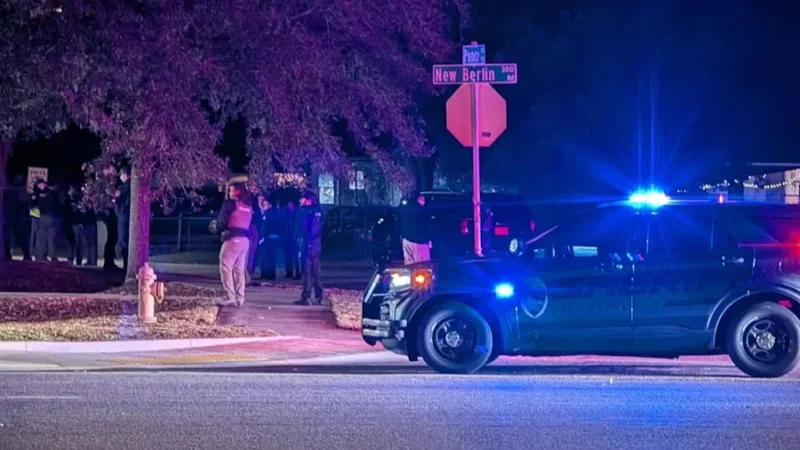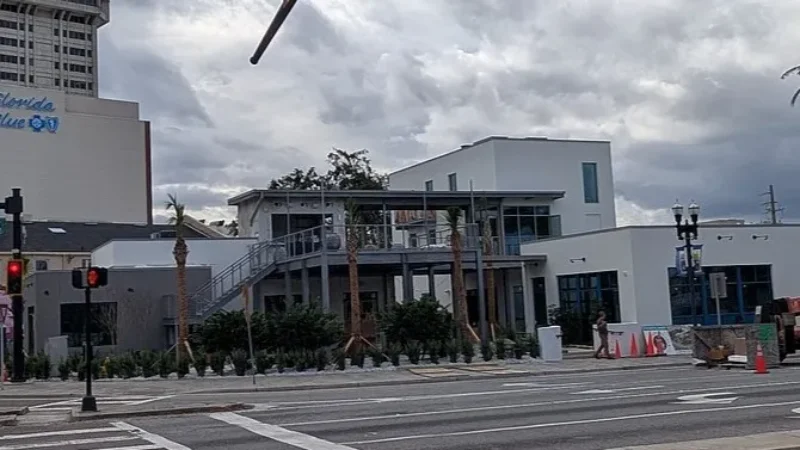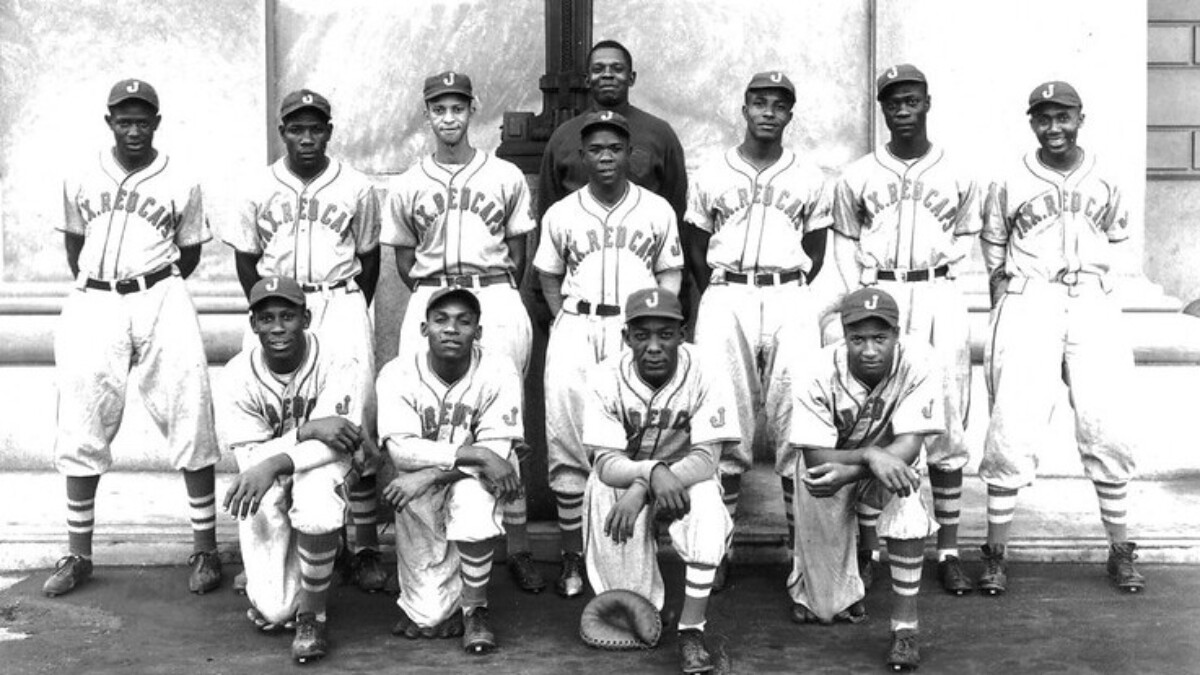
Begun as a weeklong celebration in 1968 under President Lyndon Johnson, Hispanic Heritage Month is now celebrated each year from Sept. 15 to Oct. 15.
With generations of Hispanic individuals and families who helped shape Jacksonville’s history, culture and society, today we focus on one slice of that culture: the local cigar industry. Here are three surviving buildings that were Cuban cigar factories in the late 19th and early 20th century.
El Modelo Cigar Manufacturing Co.

During the late 19th century, cigar makers found Jacksonville an attractive location to process Havana tobacco. At the time, Jacksonville was the terminus of six railroads, home to a 24-foot-deep river channel, and considered the gateway to Florida, the Bahamas and Cuba. By 1895, the city was home to thousands of Cuban immigrants and 15 cigar manufacturing companies. The largest was Gabriel Hidalgo-Gato’s El Modelo. Located at 513 W. Bay St. in LaVilla, the cigar factory opened in 1889, employed 225 and produced 6 million stogies annually. El Modelo’s brands included the Florida Alligator, Hamlet, El Modelo, La Tropia and El Deleite.
However, José Alejandro Huau, Hidalgo-Gato’s brother-in-law, may have been the most popular cigar factory owner in town. His factory at 32 W. Bay St. employed 150 cigar workers at its height. With the assistance of Huau, Cuban national hero José Martí visited Jacksonville eight times between 1891 and 1898, primarily making stops and speeches at El Modelo to stir up enthusiasm and financial support for Cuba’s freedom movement. Huau would go on to become a Jacksonville City Council member.
Sola & Gonzalez Co.

The Sola & Gonzalez Co. was a cigarmaker that briefly operated a factory at 322 Broad St. in LaVilla. Owned and operated by Jose de Sola and Mario Gonzalez, the factory was first listed at this address in 1911. Although part owner, Gonzalez resided in Tampa. Jose de Sola, also listed occasionally as Joseph, was born in Havana, Cuba, around 1877 and moved to Tampa in 1907. Sola & Gonzalez leased space in the building from the National Mercantile Realty and Improvement Co. Ownership included Edward D. Mixon. Mixon was a Gullah Geechee contractor and real estate developer who also built the Eastside’s Debs Store building a few years later in 1913.
The building was acquired by the city of Jacksonville in 1994 for $34,000. Since that time, it’s fallen into great despair. In recent years, the second floor collapsed. Today, the Downtown Investment Authority is considering partial demolition of the structure, while preserving the building’s facade.
Lolita Cigar Co.

The Central Hotel building at the intersection of Broad and West Beaver streets is a space with a rich multicultural and Civil Rights Movement past. It was designed by architect Mellen C. Greeley and built for the Ames Realty Co. in 1912. In 1919, the storefronts were filled with a variety of businesses, including a dressmaker, grocery store, and two confectioneries that all catered to the Black population, who were prevented from shopping in Downtown Jacksonville during segregation. By 1921, the Central Hotel was open.
During the 1920s Cuban immigrants Julio C. Pulgaron and Carlos Ortega operated the Lolita Cigar Co. on the building’s ground floor. During this era, Pulgaron also lived or operated cigar making businesses on Davis, Johnson and West Ashley streets.
Charles “Charley” Jacob Hazouri (1897-1969) ran a market there too. Hazouri, a Lebanese immigrant, originally settled in LaVilla with his father, Jacob Nadir Hazouri, in 1904 and is an ancestor of Jacksonville Mayor Donna Deegan and the late former Mayor Tommy Hazouri.
Another tenant, the Jacksonville Negro Welfare League, provided counseling and referrals for employment, housing, education, and training benefits for African American veterans returning from World War II. The Negro Welfare League merged with a new Jacksonville branch of the National Urban League to create the Jacksonville Urban League in August 1947.
The Central Hotel was designated as a local historic landmark in 1995. In 2013 the Clara White Mission renovated the structure into 4,600 square feet of ground-floor office space and 16 upper-level apartments.







